Digital vs print / Global
The watch word
Traditional media brands have been infected by the web’s ‘publish now, worry about the facts later’ ethic and as their standards slip, readers vanish. But now there’s a crop of journalists who can mix old-school standards with high-tech reporting methods.
On the day of America’s monumental presidential election, a major news website made a 13-minute video and photographic slideshow complete with audio commentary on the 2008 campaign. Combining stills from the campaign trail with audio and video, it highlighted the power of the web in presenting a global news story as it unfolded using a variety of storytelling mediums.
Instead of spending time poring over newsprint, online readers could sit back and let the story work for them. A Barack Obama or John McCain quote was brought to life by video clips of the candidates talking, as were interviews with voters in undecided states. Photographs along the campaign trail captured moods, and relayed the visible intensity with which people were following the election.
It was the kind of remarkable production that digitalists will point to when they talk about why the web will ultimately trump print to deliver news. But, produced by reporters and photographers of The New York Times and placed on the paper’s website, it also proved something else. This wasn’t the product of an upstart web news service, but a news organisation steeped in traditions of “old media”, evidence that, should they take their transition from print to online seriously, respected news organisations could face a brighter future than predicted.
But critics of the print industry have accused many publishers and their editors of recognising too late that the digital age demands a change in the way they deliver news. The time-pressed reader is apparently loathe to spend valuable minutes reading a 1,000-word story in a newspaper when they can go online and watch a video summation with a short news blurb of salient facts a link away. Their failure to adapt quickly enough is evident in the thinning newsrooms of national and regional papers, as investors trim staff numbers and cut costs.
Flagships of old media across Europe and the US are struggling, not only in finding the right way to deliver news, but in defining what news is nowadays. The immediacy of the web and the 24-hour news cycle has put a premium on speed. In addition, adds Ulrich Brenner, dean of the Journalistenschule in Munich, a news story is now driven by celebrities, “who earlier would never, by any rational criteria, be considered newsworthy”. The web is undermining quality journalism.
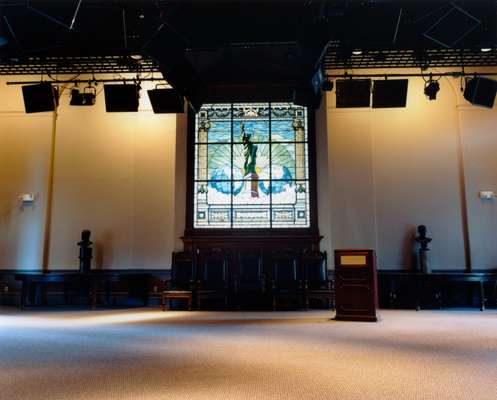
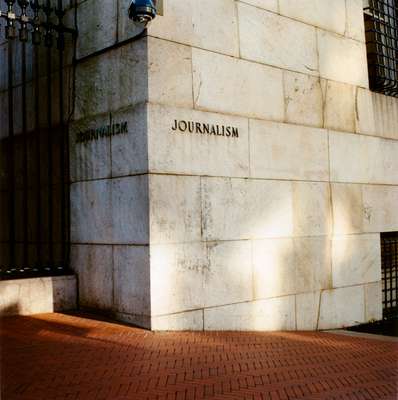


American newspaper editors speak of an unprecedented rush to publish in the digital age. A survey of publishers and editors conducted by the Pew Research Center’s Project for Excellence in Journalism earlier this year revealed that several editors lament the “loss of time to organise a thoughtful attack on a story, to think through precisely why it’s being done, or how to make it meaningful”.
Concerns about inaccuracies abound as do worries that the old guard is picking up bad habits from websites on a publish now, think about accuracy later ethic. In September, Bloomberg mistakingly picked up a six-year-old news story on United Airlines filing for bankruptcy. Shares in the US airline dropped 75 per cent before the mistake was identified and the share price recovered. A similar thing happened to Apple shares in October after a section of the CNN website featuring user-generated content carried a report that CEO Steve Jobs had been rushed to hospital. Concerns about his health had been exaggerated. Such errors could have appeared in a traditional newspaper but publishing on the web gives such stories a viral impact that’s often impossible to contain.
Champions of new media point to the willingness of online news sites to correct editorial inaccuracies soon after they begin their spread through the web. “The pace of news has changed, but the level of participation has also changed,” says Jeff Cohen, a former syndicated media critic and founding director of the Park Centre for Independent Media at Ithaca College. “This has generally made things more accurate, not less.”
But such a system signals a transition from “you must not publish anything unless it’s faultless”, to a position where journalists think it’s acceptable to run a story and let their peers correct them. The trend proves that there is a growing need for a new generation of journalists trained in the skills and ethics of old journalism, but are able to apply them to print, film and the web. Gone are the days when a reporter grabbed their notebook, went out and reported a story and returned back to the office to file his words in time for the early evening deadline. Today’s journalists must reach for a video camera, juggle on and off-camera interviews, write updates for the web as they edit their footage and write their story for the next day’s paper.
In their recent book, No Time to Think, veteran CNN reporter Charles S Feldman and ex-Los Angeles Times reporter Howard Rosenfeld documented this new reality, following a young reporter at a suburban Los Angeles newspaper for a day. “Each of those things you do are jobs in themselves, and take a lot of skill to do well and thoughtfully,” says Feldman. “And the notion of mixing them all together and thinking it’s going to produce thoughtful journalism is absurd.”
But if we look at this as a period of adjustment, rather than proof that old media is failing in its attempts to keep pace, there are some encouraging signs. No more so than in Europe and America’s finer journalism schools. Long pariahs of an industry that thought colleges useless – and in some cases scandalously expensive – purveyors of knowledge that can be picked up in six months on the job, journalism institutions have revamped their programmes to meet the demands of this new media age.
Following an in-depth review four years ago, Northwestern’s Medill School of Journalism in 2007 began requiring both undergraduate and postgraduate students to take a digital skills course in addition to classic reporting and writing in their first semesters. The school’s Media Innovation Project encourages students to find solutions for regional news organisations and media houses trying to attract younger readers or improve their online presence.
“It’s the only way we feel we can honestly say we are preparing them for the profession,” says Janice Castro, senior director of graduate education and teaching excellence at Medill. Many of its students are more entrepreneurial and web-aware than generations that have come before them. Castro reports on one student who started a Chicago city news site virtually the day he began his journalism programme. Three years after graduating, Columbia Graduate School of Journalism alumna Patricia Murphy started citizenjanepolitics.com, an online political guide geared to the fairer sex. When she came back to Columbia recently to talk about her experience, students peppered her with questions on business plans and start-up financing, says Mirta Ojito, a Columbia journalism professor. “They already come in with a set of skills that are impressive,” says Ojito, a former Miami Herald reporter, who teaches reporting, writing and a course on immigration issues. “So what they have to learn is what to do with that skill … how to produce great journalism.”
Being flexible in several mediums enables them to approach a story from different angles, depending on the type of story and the type of reader. “[Students] need to take some time to understand how those people seek and consume information so that they can more effectively engage them,” says Castro. “We’re teaching them how to vary their pitches, we’re teaching them a variety of story forms.”
What remains paramount, say the professors, is the teaching of law and ethics, of shoe-leather reporting skills and informative, lucid writing. It is those qualities that will distinguish proper news from the rumour-fed half-truths that are the currency of so many news sites. In many ways, Ojito says, journalism schools may now be different, “but fundamentally we’re the same.” Her words are reassuring. If the explosion of information in the digital age ushered in a period of uncomfortable transition in the world’s newsrooms, the future looks more secure. High-quality journalism, it appears, is needed now more than ever.
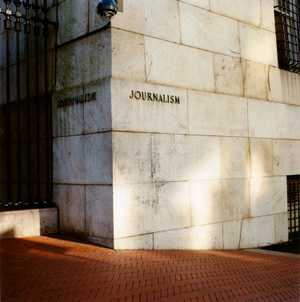
Simon Akam, 23,
from Cambridge, UK Alistair Cooke Fulbright scholar of Columbia
Self-interrogation about the state of journalism is almost as old as journalism itself; it will survive, the question is in what form. I think you learn journalism by doing it.
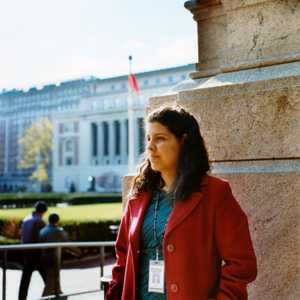
Carmen Cusido, 25,
from Union City NJ Part-time student at Columbia and full-time staff writer at ‘The Trenton Times’, NJ
I’m fine with writing for online publications as long as the quality of the writing doesn’t go down. As for the future of journalism I think that because of all the cuts, there will be a preponderance of niche publications.
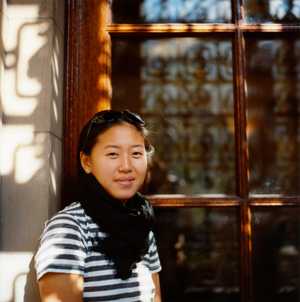
Jee-Soo Park, 22,
from Washington DC Studying broadcast journalism, Columbia
People say you don’t have to go to school to be a journalist, but with a degree there’s a certain level you start at. Columbia is one of the best, and it’s where you have to go if you want to be the best.
Joel Stonington, 28,
from Seattle Full-time student at Columbia and part-time stringer for ‘The New York Times’ metro desk
By the time I leave journalism school, I’ll be able to report, record and produce print, audio, photo, video and web journalism. But I believe newspapers will survive.


